N,N-Diethyl-1,4-phenylenediamine

N,N-Diethyl-1,4-phenylenediamine structure
|
Common Name | N,N-Diethyl-1,4-phenylenediamine | ||
|---|---|---|---|---|
| CAS Number | 93-05-0 | Molecular Weight | 164.24700 | |
| Density | 0.988 g/mL at 25 °C(lit.) | Boiling Point | 115-116 °C5 mm Hg(lit.) | |
| Molecular Formula | C10H16N2 | Melting Point | 19-21 °C(lit.) | |
| MSDS | Chinese USA | Flash Point | >230 °F | |
| Symbol |


GHS05, GHS06 |
Signal Word | Danger | |
| Name | N,N-Diethyl-p-phenylenediamine |
|---|---|
| Synonym | More Synonyms |
| Density | 0.988 g/mL at 25 °C(lit.) |
|---|---|
| Boiling Point | 115-116 °C5 mm Hg(lit.) |
| Melting Point | 19-21 °C(lit.) |
| Molecular Formula | C10H16N2 |
| Molecular Weight | 164.24700 |
| Flash Point | >230 °F |
| Exact Mass | 164.13100 |
| PSA | 29.26000 |
| LogP | 2.69620 |
| Index of Refraction | n20/D 1.571(lit.) |
| Storage condition | Freezer |
| Stability | Stability Air and light sensitive. Incompatible with strong oxidizing agents, strong acids. |
| Water Solubility | <0.1 g/100 mL at 19 ºC |
CHEMICAL IDENTIFICATION
HEALTH HAZARD DATAACUTE TOXICITY DATA
MUTATION DATA
|
| Symbol |


GHS05, GHS06 |
|---|---|
| Signal Word | Danger |
| Hazard Statements | H301-H314 |
| Precautionary Statements | P280-P301 + P310-P305 + P351 + P338-P310 |
| Personal Protective Equipment | Faceshields;full-face respirator (US);Gloves;Goggles;multi-purpose combination respirator cartridge (US);type ABEK (EN14387) respirator filter |
| Hazard Codes | T:Toxic; |
| Risk Phrases | R25;R34 |
| Safety Phrases | S26-S36-S45 |
| RIDADR | UN 2922 8/PG 2 |
| WGK Germany | 1 |
| RTECS | SS9275000 |
| Packaging Group | III |
| Hazard Class | 6.1(b) |
| HS Code | 29215190 |
| Precursor 9 | |
|---|---|
| DownStream 10 | |
| HS Code | 29215190 |
|---|
|
Chlorination of tramadol: Reaction kinetics, mechanism and genotoxicity evaluation.
Chemosphere 141 , 282-9, (2015) Tramadol (TRA) is one of the most detected analgesics in environmental matrices, and it is of high significance to study the reactivity of TRA during chlorination considering its potential toxicity to... |
|
|
Selective and trace determination of monochloramine in river water by chemical derivatization and liquid chromatography/tandem mass spectrometry analysis.
Talanta 140 , 189-97, (2015) Monochloramine (MCA) may enter the aquatic environment through three main sources: wastewater treatment plant effluents, industrial effluents and thermal power plant wastes. Up to date, there are no a... |
|
|
Formation of trichloronitromethane and dichloroacetonitrile in natural waters: precursor characterization, kinetics and interpretation.
J. Hazard. Mater. 283 , 218-26, (2014) During the chloramination of natural waters, both chloramines and dissolved organic nitrogen (DON) can serve as nitrogen sources for the formation of trichloronitromethane (TCNM) and dichloroacetonitr... |
| EINECS 202-214-1 |
| 4-N,4-N-diethylbenzene-1,4-diamine |
| MFCD00007861 |
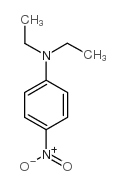 CAS#:2216-15-1
CAS#:2216-15-1 CAS#:120-22-9
CAS#:120-22-9 CAS#:87986-73-0
CAS#:87986-73-0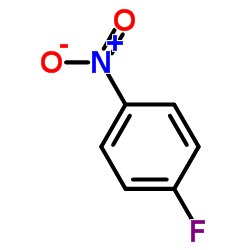 CAS#:350-46-9
CAS#:350-46-9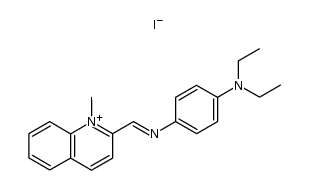 CAS#:23216-57-1
CAS#:23216-57-1 CAS#:3588-91-8
CAS#:3588-91-8 CAS#:87986-74-1
CAS#:87986-74-1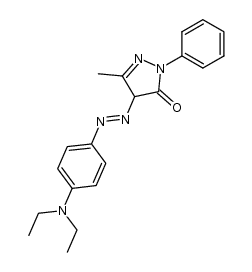 CAS#:39868-95-6
CAS#:39868-95-6 CAS#:347-46-6
CAS#:347-46-6![N-[4-(diethylamino)phenyl]benzenesulfonamide structure](https://image.chemsrc.com/caspic/453/19770-75-3.png) CAS#:19770-75-3
CAS#:19770-75-3 CAS#:3009-34-5
CAS#:3009-34-5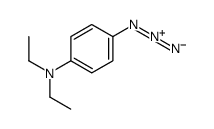 CAS#:24573-95-3
CAS#:24573-95-3 CAS#:29812-35-9
CAS#:29812-35-9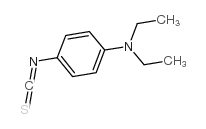 CAS#:84381-54-4
CAS#:84381-54-4 CAS#:128554-92-7
CAS#:128554-92-7![1-amino-3-[4-(diethylamino)phenyl]thiourea structure](https://image.chemsrc.com/caspic/444/102339-01-5.png) CAS#:102339-01-5
CAS#:102339-01-5 CAS#:121-69-7
CAS#:121-69-7
